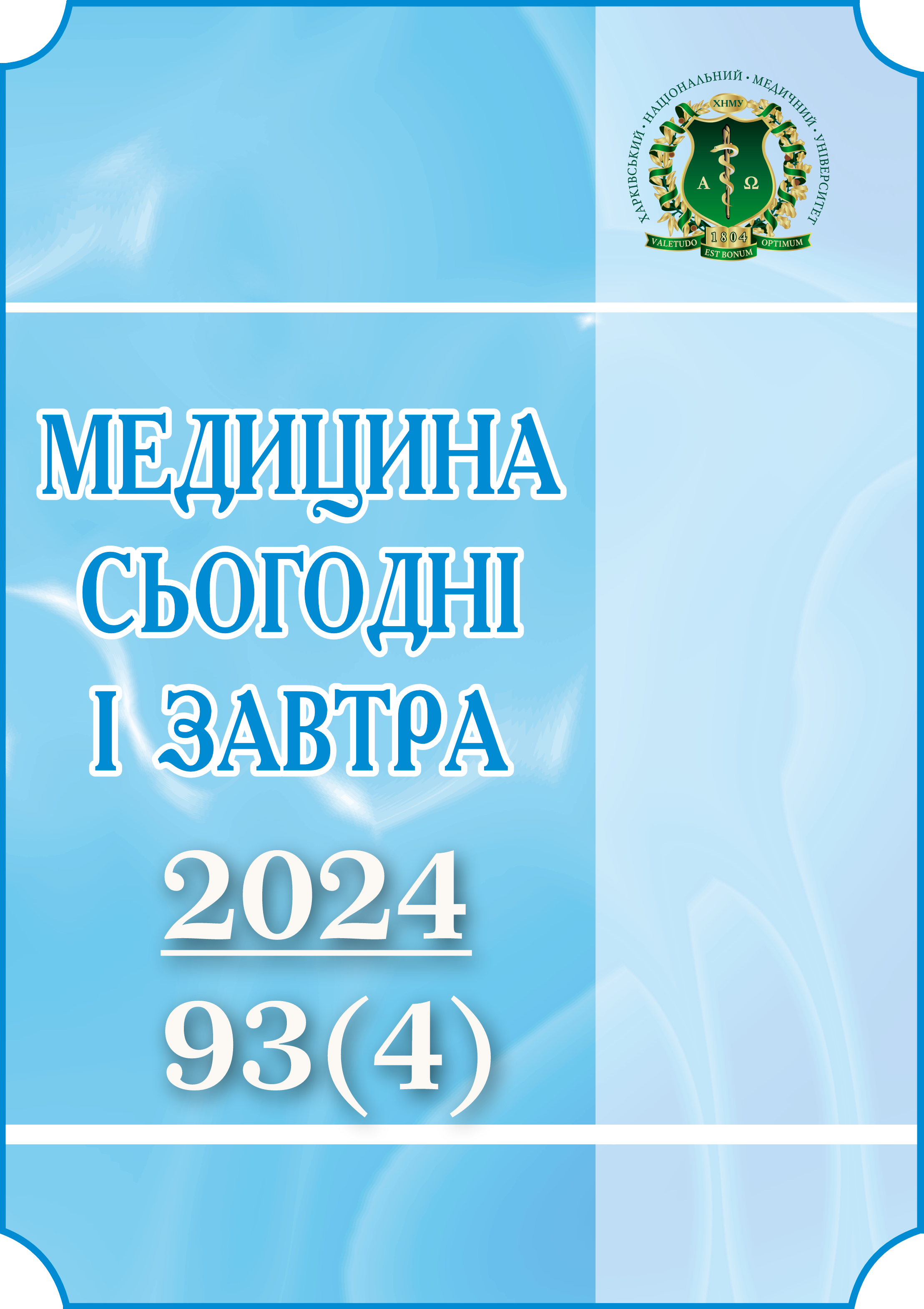Abstract
The structures of the facial skull are quite complex from an anatomical point of view. This complicates their identification on tomograms and interpretation of the obtained images. Knowledge of the tomographic anatomy of the skull, in particular its visceral part, is necessary for studying sexual dimorphism of skull structures depending on the craniotype. The purpose was to study the morphometric parameters of the human piriform aperture depending on gender and craniotype. The study was performed on 125 computed tomography scans of the head of men and women aged 25 to 85 years without skull bone pathology, made using a Neusoft computer tomograph, NeuViz 16 Essence 16-Slice CT Scanner System (Neusoft Medical Sytems Co, USA). Visual analysis and craniometric measurements were performed using programs Horos, ver.4.0.1 (Neusoft Medical Sytems Co, USA) and RadiAnt Dicom Viewer, ver. 2024.1 (Medixant, Poland). The study was conducted with a slice thickness of 1.5 mm, followed by reconstruction in three planes. All computed tomography images of the head were divided by the main facial index, which was calculated according to the Garson-Kolman formula, into three types of structure: euriprosopes, mesoprosopes and leptoprosopes. Depending on the craniotype and gender, the range of variability of the indicators of the piriform aperture was established. A significant difference was determined between the indicators of height, perimeter, area and conventional radius of the piriform aperture, namely their increase in men compared to women, belonging to the euriprosopic and leptoprosopic types of skull structure. Statistically significant differences in the arithmetic mean values of the investigated indicators of male and female individuals were not found in mesoprosopes. Based on the results of the planimetric analysis of the pyriform aperture, diagrams were constructed in the form of two connected circles with a certain radius, corresponding to the sex, which demonstrate the presence of sexual dimorphism.
Keywords: skull, sexual dimorphism, morphometry, main facial index.
Archived: https://doi.org/10.5281/zenodo.15024123
References
Angelopoulos C. Anatomy of the maxillofacial region in the three planes of section. Dent Clin North Am. 2014;58(3):497-521. DOI: 10.1016/j.cden.2014.03.001. PMID: 24993921.
Angelopoulos C. Cone beam tomographic imaging anatomy of the maxillofacial region. Dent Clin North Am. 2008;52(4):731-52, vi. DOI: 10.1016/j.cden.2008.07.002. PMID: 18805226.
Del Bove A, Menéndez L, Manzi G, Moggi-Cecchi J, Lorenzo C, Profico A. Mapping sexual dimorphism signal in the human cranium. Sci Rep. 2023;13(1):16847. DOI: 10.1038/s41598-023-43007-y. PMID: 37803023.
Perez PI, Hendershot K, Teixeira JC, Hohman MH, Adidharma L, Moody M, et al. Analysis of Cephalometric Points in Male and Female Mandibles: An Application to Gender-Affirming Facial Surgery. J Craniofac Surg. 2023;34(4):1278-82. DOI: 10.1097/SCS.0000000000009189. PMID: 36727677.
Frank K, Gotkin RH, Pavicic T, Morozov SP, Gombolevskiy VA, Petraikin AV, et al. Age and Gender Differences of the Frontal Bone: A Computed Tomographic (CT)-Based Study. Aesthet Surg J. 2019;39(7):699-710. DOI: 10.1093/asj/sjy270. PMID: 30325412.
Skomina Z, Kočevar D, Verdenik M, Hren NI. Older adults' facial characteristics compared to young adults' in correlation with edentulism: a cross sectional study. BMC Geriatr. 2022;22(1):503. DOI: 10.1186/s12877-022-03190-5. PMID: 35701747. PMID: 35701747.
Agbolade O, Nazri A, Yaakob R, Ghani AA, Cheah YK. Morphometric approach to 3D soft-tissue craniofacial analysis and classification of ethnicity, sex, and age. PLoS One. 2020;15(4):e0228402. DOI: 10.1371/journal.pone.0228402.
Celebi AA, Kau CH, Femiano F, Bucci L, Perillo L. A Three-Dimensional Anthropometric Evaluation of Facial Morphology. J Craniofac Surg. 2018;29(2):304-8. DOI: 10.1097/SCS.0000000000004110. Erratum in: J Craniofac Surg. 2019;30(5):1604. PMID: 29227407.
Zaafrane M, Ben Khelil M, Naccache I, Ezzedine E, Savall F, Telmon N, et al. Sex determination of a Tunisian population by CT scan analysis of the skull. Int J Legal Med. 2018;132(3):853-62. DOI: 10.1007/s00414-017-1688-1. PMID: 28936605.
Mustafa A, Abusamra H, Kanaan N, Alsalem M, Allouh M, Kalbouneh H. Morphometric study of the facial skeleton in Jordanians: A computed tomography scan-based study. Forensic Sci Int. 2019;302:109916. DOI: 10.1016/j.forsciint.2019.109916. Erratum in: Forensic Sci Int. 2020;315:110420. PMID: 31426020.
Wang RH, Ho CT, Lin HH, Lo LJ. Three-dimensional cephalometry for orthognathic planning: Normative data and analyses. J Formos Med Assoc. 2020;119(1_Pt_2):191-203. DOI: 10.1016/j.jfma.2019.04.001. PMID: 31003919.

This work is licensed under a Creative Commons Attribution-NonCommercial-ShareAlike 4.0 International License.

